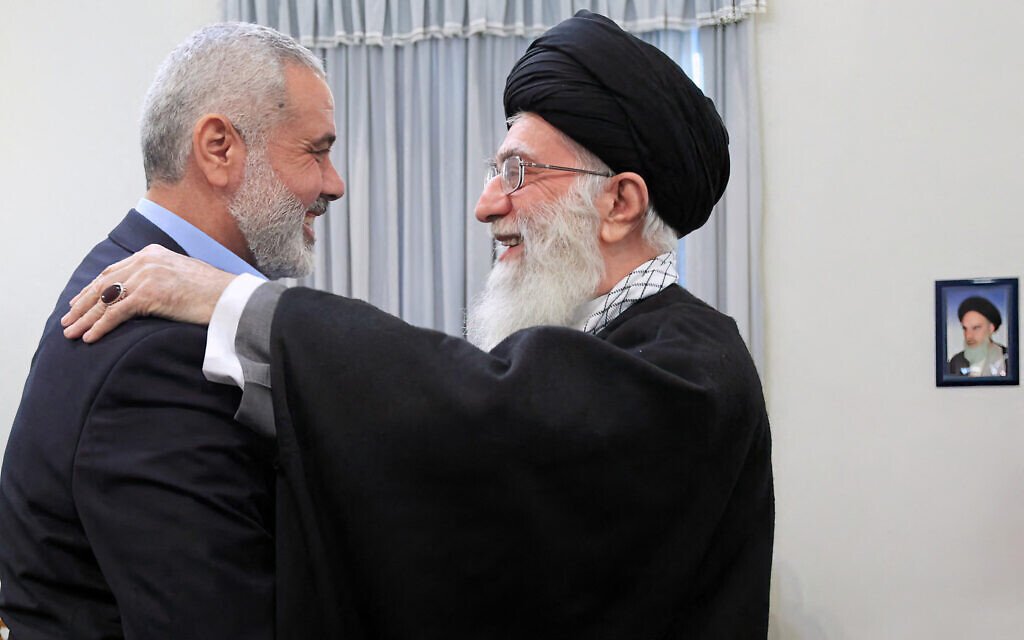1. Data-Centricity
- PR decisions must be grounded in structured, semi-structured, and unstructured data.
- Every campaign, story, or reputation strategy begins with data collection, cleansing, and analysis.
2. Augmentation, Not Replacement
- AI does not replace human creativity or empathy in PR—it augments it.
- Machines handle scale, speed, and precision; humans provide strategy, judgment, and storytelling.
3. Ethical AI Integration
- Transparency: Always disclose when AI tools are used in communication.
- Bias Mitigation: Train and test AI models to avoid reinforcing stereotypes.
- Privacy: Protect consumer and stakeholder data with rigor.
- Sustainability: Prioritize “Green AI” practices in PR workflows.
4. Real-Time Responsiveness
- AI empowers PR to act in seconds, not weeks.
- Media monitoring, sentiment analysis, and crisis detection must shift from reactive to proactive, predictive intelligence.
5. Personalization at Scale
- Hyper-personalized storytelling—delivered through NLP, predictive AI, and recommendation engines—ensures relevance for every stakeholder.
- From press releases to brand narratives, AI tailors outreach to individual audience segments.
6. Explainability and Trust
- Communicators must ensure AI-generated insights and recommendations are explainable to stakeholders.
- Black-box AI cannot drive reputation; explainable AI builds confidence.
7. Continuous Learning & Adaptation
- AI-powered PR is never static—models must adapt as media landscapes evolve.
- Campaigns are iteratively refined through machine learning and feedback loops.
8. Integration of Generative AI
Generative AI must be used as a creative co-pilot for content (copy, images, video, campaigns), while human oversight ensures quality, originality, and cultural context.
9. Strategic Foresight
- AI must be applied not only for current insights but also for predictive and prescriptive intelligence.
- PR leaders must anticipate crises, reputation risks, and emerging narratives before they trend.
10. The Human-AI Synergy Principle
- The future is “Humans + Machines,” not “Humans vs. Machines.”
- Strategic thinking, empathy, and relational intelligence remain uniquely human responsibilities.
11. Measurement & Attribution
- AI enables precise PR attribution: mapping actions to reputation outcomes, visibility, sentiment shifts, and business ROI.
- Every campaign must be tracked with media intelligence dashboards.
12. Global Scalability with Local Relevance
- AI allows global reach while adapting narratives to local cultures, languages, and sentiments.
- Multi-language AI models (like your CHLEEAN for NOA) are crucial for localized PR.
13. Transparency in Automation
- Stakeholders should know when they are engaging with automated AI agents.
- Bots, assistants, and conversational agents must reflect brand tone and values consistently.
14. Scenario-Based Agility
- PR must adopt dynamic simulations (as in your AI-Powered PR Game) to prepare for multiple reputational outcomes.
- Scenario planning + AI modeling = resilient PR strategy.
15. Governance & Accountability
- Establish internal AI-PR governance frameworks for ethical use, risk management, and compliance.
- Communicators remain accountable for outcomes—AI is a tool, not a scapegoat.



























